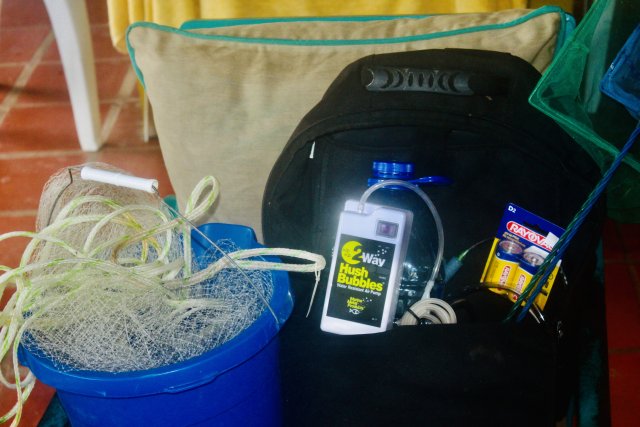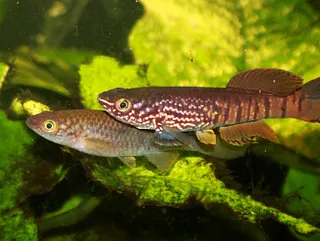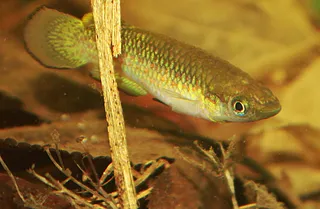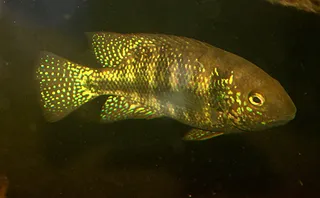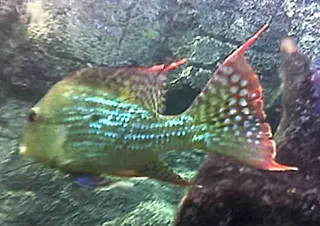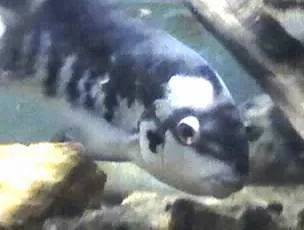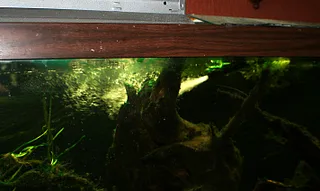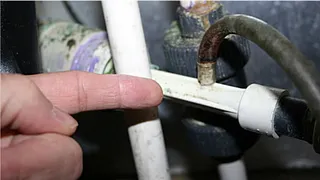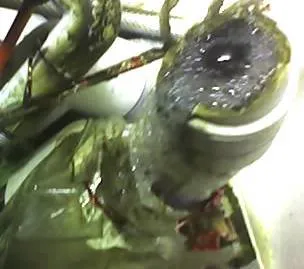Well, the most correct definition of "atomize" is to reduce something to its component atoms. That certainly isn't happening due to bubbles in an aquarium, regardless of how small they are. Something is also said to be "atomized" if it is broken down into extremely small particles, and this poorer definition is sort of what is being discussed here.I was under the impression airstones couldn’t atomize air down to a level of enacting a molecular change in anything. Thought it was for agitation of the water surface……..movement…….and to increase flow throughput/bacteria surface if used in conjunction with a sponge filter or under gravel system.
Smaller bubbles are more efficient than big ones simply because the same volume of air is now exposing much more surface area to the water for gas exchange. Again, no molecular change occurring. Air is simply a mixture of gases...which are present in the mixture as molecules, not individual atoms...and we are trying to facilitate the movement of oxygen molecules (each a pair of oxygen atoms) into a dissolved state in the water and the movement of carbon dioxide molecules (each a single carbon atom and a pair of oxygen atoms) out of the water.
I just don't think that the combined surface area of all those bubbles is that significant compared to the surface area at the top of the tank; maybe I'm completely wrong about this. I am convinced that the major benefit of the bubbles is the circulation of water that they produce, bringing all of the water into eventual contact with the surface; the surface area of the bubbles works just like that surface at the top, but I think it's too small to make much of a difference in and of itself.
Try an experiment. In the past, I have done the hack F fishdance mentioned, i.e. using an inflated air mattress as an emergency air source for a fish tank. It worked fine...although the tanks that didn't have one also were fine. Now, I suspect that the air in that air mattress was largely depleted of oxygen and especially rich in carbon dioxide, based upon the fact that I blew the mattress up by mouth and nearly passed out several times while doing so.
If those bubbles were effecting much of a change due to their own surface area, it would have been likely a negative one (i.e. adding CO2) rather than the positive one I was aiming for. If that did happen, it wasn't enough to bother the fish. But there is no denying that the stream of bubbles did indeed circulate the water, as the temperature remained stable throughout the tank, whereas tanks left completely unaerated quickly stratified with the surface water much warmer than that below. By the same token, my outdoor stock tanks in the summer remain livable for the fish only if I do not aerate them, allowing them to stratify so that the fish can find a comfortable temperature level during hot weather. Drop an airline or sponge filter in, as I did...thinking I was being oh so clever...mixed the water enough that the entire tank became too warm and I nearly lost a number of fish.
All of that combines to convince me that the water motion created by bubbles is far more important than the gas exchange on the surface of the bubbles themselves.






